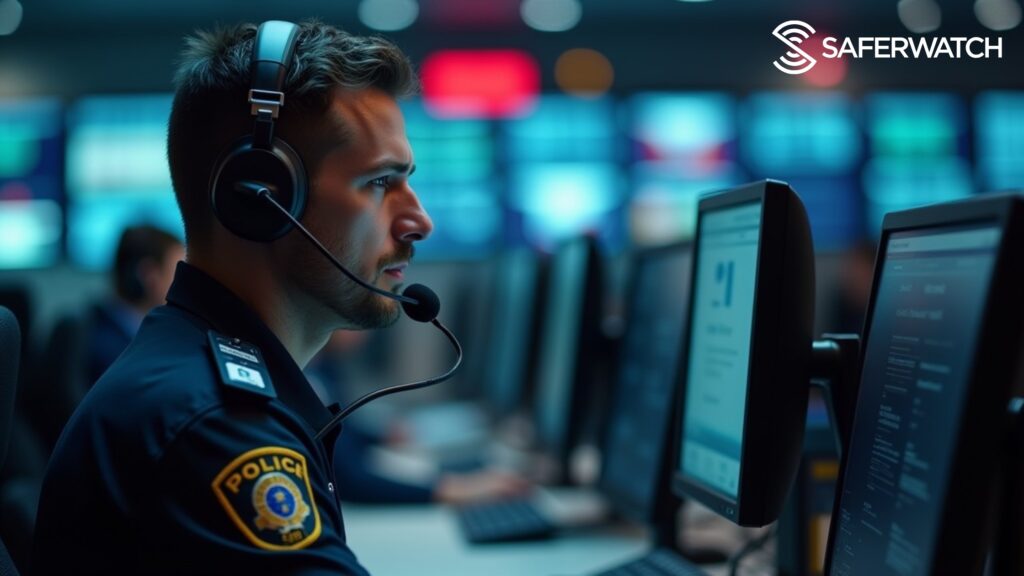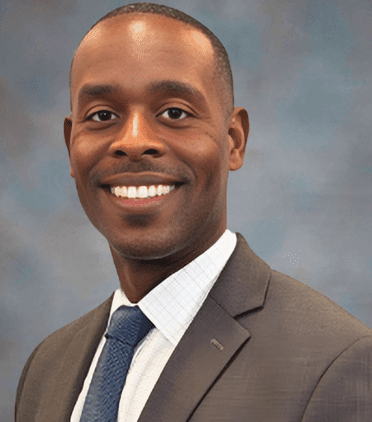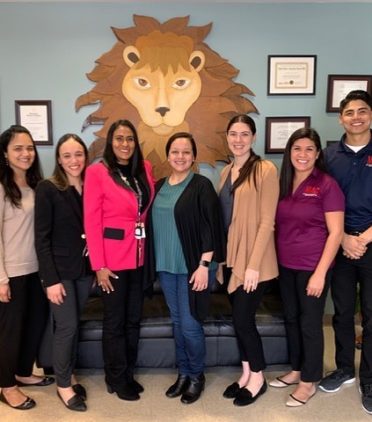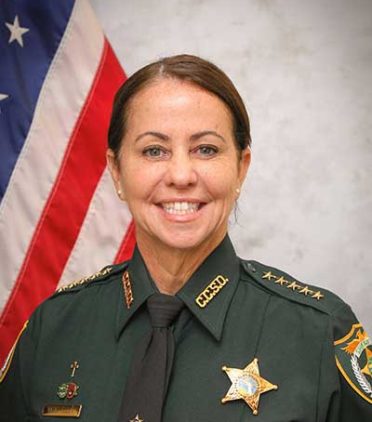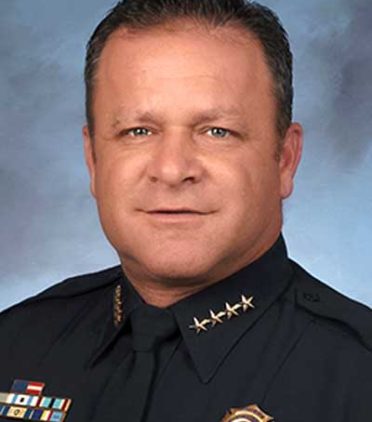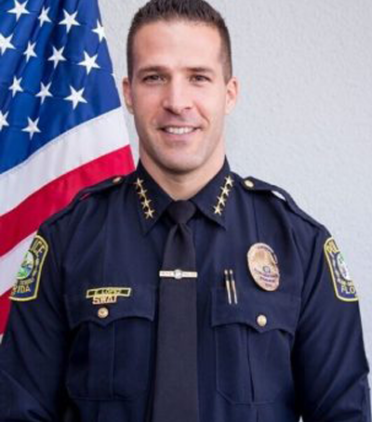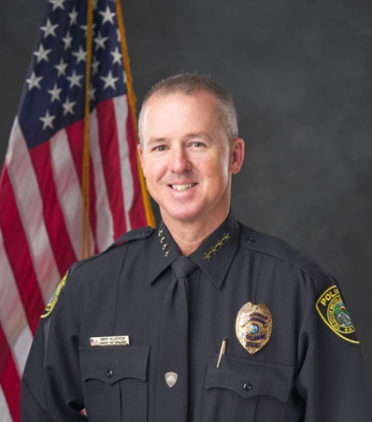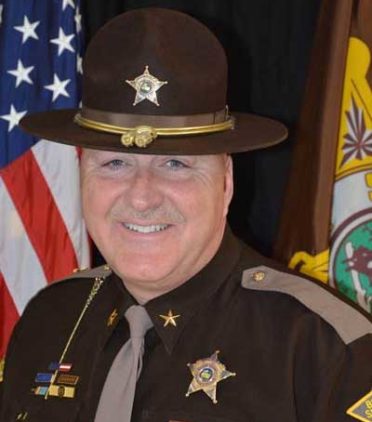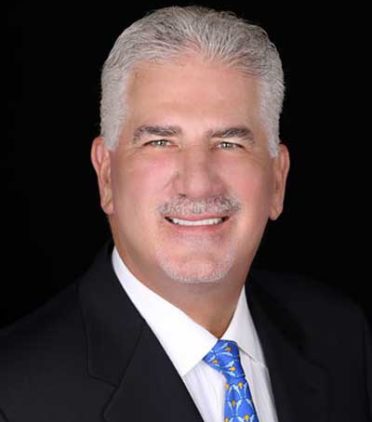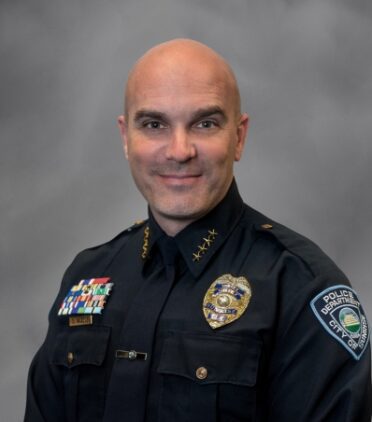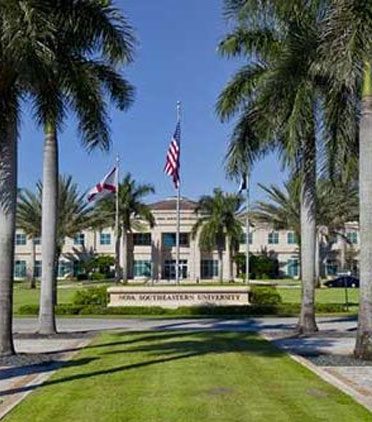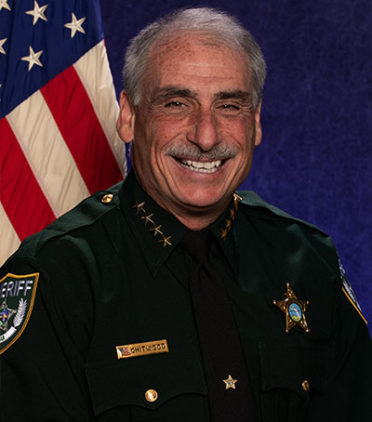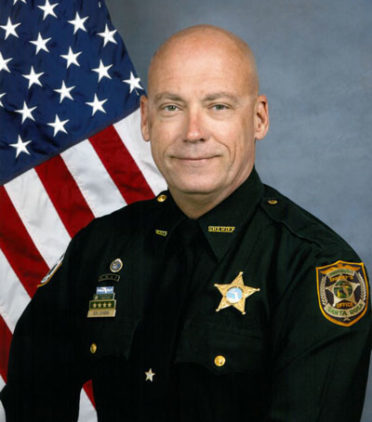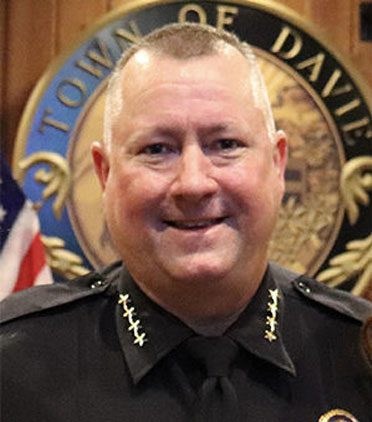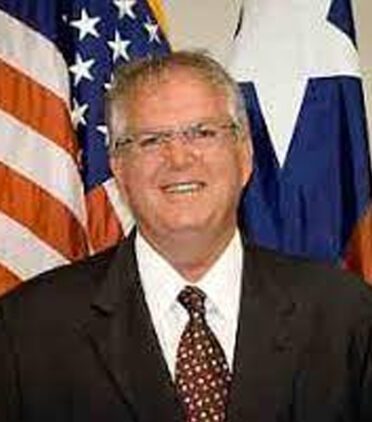Seconds Matter: Fixing the Broken Link in Emergency Response
The Need for Speed in Emergencies
In an emergency, every second counts. Delays in getting help can mean the difference between life and death, which is why fast communication with first responders is critical. Traditional 911 calls from mobile phones often don’t immediately reach the correct emergency dispatch center due to how they are routed. SaferWatch’s panic button technology was designed to eliminate those delays by connecting users directly to the right Public Safety Answering Point (PSAP) – the local 911 call center for their area – within seconds. This direct link can shave off precious time during life-threatening situations, ensuring help is on the way faster.
Direct Connection to the Nearest 911 Center
SaferWatch’s platform integrates directly with 911 centers and emergency dispatchers, unlike a standard phone call that might bounce around networks. When someone activates a SaferWatch panic alert on their phone or through a SaferWatch physical panic button, the app instantly notifies the appropriate 911 center with the user’s exact GPS location and critical details about the incident. In other words, SaferWatch uses real-time GPS tracking from the smartphone to determine where the emergency is and contacts the correct PSAP for that jurisdiction right away. This contrasts with ordinary wireless 911 calls that might misidentify a caller’s location based on outdated data. By sending the alert straight to the proper authorities (along with precise location coordinates and even supplemental information like live video or security camera feeds), SaferWatch ensures responders get accurate information without any intermediaries or transfers. The result is a faster, more informed emergency response when it matters most.
Lessons from the Marjory Stoneman Douglas Tragedy
The 2018 Marjory Stoneman Douglas High School shooting tragically exposed the dangers of misrouted 911 calls. Many students and staff called for help on their cell phones, but their calls were sent to the Coral Springs communications center instead of the Broward County Sheriff’s Office (BSO)—the agency responsible for Parkland. This meant critical information had to be relayed or calls transferred, causing delays when every second mattered. Experts say each transfer can add 30–40 seconds to response time.
Why Traditional Wireless 911 Calls Get Misrouted
The Parkland tragedy revealed a widespread flaw in how wireless 911 calls are routed. Since the 1990s, calls from cell phones have been directed based on the location of the nearest cell tower—not the caller’s actual GPS location. While once practical, this method now causes issues, especially near jurisdictional boundaries. A single tower may serve multiple areas but is typically assigned to only one public safety answering point (PSAP), leading to calls being sent to the wrong center. The FCC estimates that up to 23 million wireless 911 calls are misrouted each year. Each transfer adds delays, increases the risk of dropped calls, and forces callers to repeat urgent details—lost time that can cost lives. The outdated reliance on cell tower routing is a serious obstacle to fast, accurate emergency response.
SaferWatch’s GPS-Based Solution for Faster Response
SaferWatch was designed to overcome the limitations of traditional 911 systems by using real-time GPS and direct digital communication with the appropriate PSAP. When a SaferWatch panic button is activated—whether through the app or a wearable device—the user’s exact location is instantly identified and routed to the correct dispatch center, eliminating delays caused by cell tower misrouting or manual transfers.
Beyond accurate routing, SaferWatch provides dispatchers with detailed, real-time intel: GPS coordinates, contact info, and optional live audio, video, or images from the scene. This gives first responders better situational awareness from the moment an alert is triggered—unlike standard 911 calls, which often rely on delayed or incomplete location data. SaferWatch modernizes emergency response by turning smartphones into powerful, connected safety tools.
Key advantages of SaferWatch’s direct-to-PSAP panic buttons include:
- Direct PSAP Connection: Alerts are sent straight to the correct local 911 dispatch center without routing to intermediate call centers or neighboring jurisdictions. This avoids the need for call transfers that slow down response.
- Real-Time GPS Accuracy: The system uses the phone’s GPS (and other location technologies) to pinpoint the caller’s exact location in real-time, instead of using a cell tower’s location which might be miles away. This ensures the emergency is reported from the right location and to the right authorities.
- Faster Dispatch and Response: By removing extra steps, SaferWatch cuts down the time from the moment an incident is reported to when help is dispatched. Bypassing the usual 30-40 second transfer delays can mean help arrives that much sooner. In crises like cardiac arrests or active threats, those seconds are invaluable.
- Enhanced Communication: Along with the distress signal, SaferWatch can transmit additional information (text, video, audio) directly to 911 operators. First responders get a clearer picture of what’s happening before they arrive, which can improve their effectiveness and safety.
A Life-Saving Difference in Critical Situations
Compared to traditional wireless 911 calls, SaferWatch offers a faster, smarter way to get help where it’s needed most. In critical situations—whether an active threat, medical emergency, or other crisis—every second counts. SaferWatch uses real-time GPS to send alerts directly to the correct PSAP, eliminating delays caused by misrouted calls or manual transfers.
By cutting out those extra steps, SaferWatch ensures that help is dispatched quickly and accurately, with essential information like location, user details, and even live audio or video. In emergencies, you don’t get a second chance—so SaferWatch is built to get it right the first time.
Connect with a safety specialist to explore how SaferWatch can enhance your emergency response.
